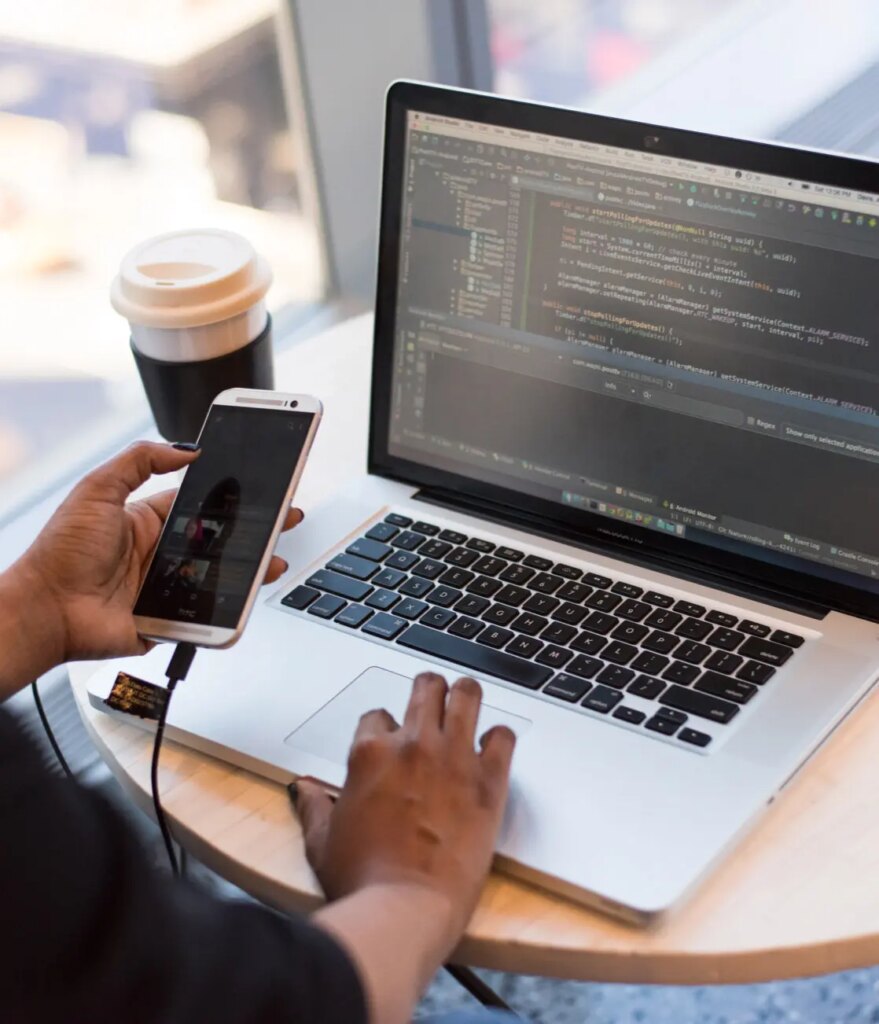Event management at public venues like Rajiv Gandhi Park often faces the challenge of long queues and congestion, especially during peak times. As the number of visitors grows, the need for efficient crowd management becomes crucial. Traditional methods of entry—manual ticket checks and long lines—often lead to frustration, delays, and an overall negative experience for visitors.
One effective solution to this problem is the integration of flap barriers. Flap barriers are automated, secure gates that help manage foot traffic by allowing only authorized individuals to pass through. When strategically implemented, they can drastically reduce wait times and make event access smoother. In this post, we’ll dive into the challenges of long queues at Rajiv Gandhi Park and how flap barriers can help streamline the process.
Hours delivered back to the business
SOX compliance in Settlement process automation
Success rate of bot case completion
For functional release of OBT, RTS and OGS
The Challenge: Long Queues at Rajiv Gandhi Park
Rajiv Gandhi Park is a popular destination for both locals and tourists, often hosting events, cultural festivals, and exhibitions. However, as the number of visitors increases, the entry points become bottlenecks, causing delays and long lines. For large events, these queues can stretch for hundreds of meters, causing frustration among attendees and potential security risks.
Traditionally, visitors would wait in line to have their tickets checked manually by staff members. This process is not only time-consuming but also prone to human error. Moreover, during peak times, the sheer volume of people can overwhelm the available staff, resulting in delays and a less-than-ideal experience for guests.
The Solution:
Flap Barriers for Efficient Access
Flap barriers offer a modern and efficient solution to this problem. These automated gates use a set of retractable flaps that open when a valid ticket or QR code is scanned, allowing visitors to pass through quickly and securely. Here’s how they work and why they’re a game-changer for managing large crowds:
1. Speedy Entry Process
Flap barriers are designed to process visitors quickly. Once a visitor scans their pre-booked ticket or QR code, the flap barrier automatically opens, allowing them to pass through without delay. This eliminates the need for manual ticket checks and speeds up the entire entry process.
2. Multiple Entry Lanes
By installing multiple flap barrier units at various entry points, you can reduce congestion and ensure a smooth flow of visitors. For large events, it’s essential to have separate lanes for different categories of visitors, such as VIPs, regular attendees, and those with pre-booked tickets. This helps to further streamline the process and avoid unnecessary crowding.
3. Real-Time Data Tracking
Flap barriers are equipped with advanced technology that can track the number of visitors entering the event. This data can be used to monitor crowd density and adjust the number of open barriers accordingly. Real-time data also allows event organizers to identify and address any potential issues before they become significant problems.
4. Reduced Human Error
Manual ticket checks can lead to human errors, such as missed tickets or incorrect entry validation. With flap barriers, these errors are minimized, as the system automatically verifies the validity of tickets. This increases security and ensures that only authorized individuals gain access.

The Results
- 30+ processes delivered
- Over 30,000 hrs delivered back to the business
- 100% SOX compliance in Settlement process automation
- >95% success rate of bot case completion
- SDK delivered for native platforms, enabling Virtual & Live agent communications across multiple mobile platforms


